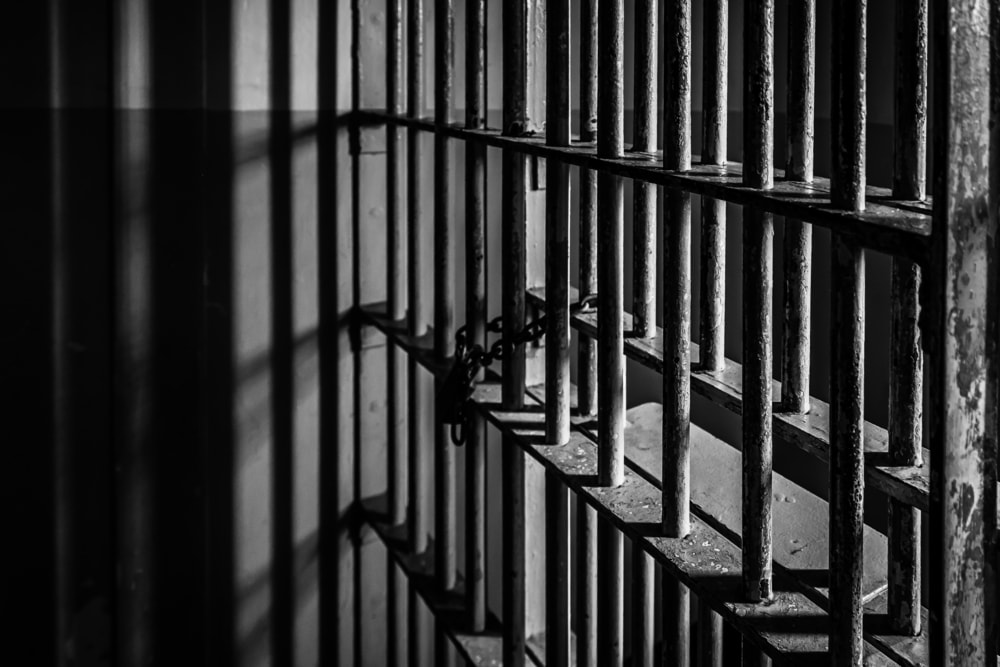Prosecutors can help safely reduce jail populations
WASHINGTON (Oct. 31, 2022) —In a new report published today, R Street’s Criminal Justice and Civil Liberties Policy Senior Fellow Lisel Petis uses a strengths, weaknesses, opportunities and threats (SWOT) analysis to explore prosecutorial power and its potential to reduce jail populations safely.
The United States incarcerates more individuals than any other country in the world. Of the almost 2 million individuals behind bars, 445,000 are awaiting trial, 103,000 are in jail post-conviction, 1,042,000 are in state prison post-conviction and the remainder are in federal prison, territorial prison, immigration detention or juvenile detention—or being held on involuntary commitment.
Prosecutors hold tremendous power to fill and empty jail cells. They decide whether a case is charged, whether an individual remains incarcerated pending trial, what plea deal to offer, what recommendations to make at a sentencing hearing post-trial and what action to take on probation violations. This power and discretion must be used strategically.
Research has shown that limiting individuals’ exposure to jail can improve public safety and that effective alternatives to incarceration can ensure that those who have committed a crime are still held accountable. Thus, prosecutors must strike a balance between upholding public safety and implementing effective alternatives that can reduce jail populations. To help prosecutors’ offices achieve this balance, Petis created a SWOT analysis to explore various aspects of leveraging prosecutorial power to lower jail populations safely. High-level findings included the following:
1. Strengths: Prosecutors’ offices can offer alternatives to incarceration at almost every step in the process of a criminal case. These research-backed alternatives are fiscally responsible, increase public safety and ensure fairness and justice.
2. Weaknesses: Although the power prosecutors wield at each stage of the criminal justice process positions them perfectly to implement reform, the inappropriate use of this power can negatively impact the entire criminal justice system and the community, compromising public safety or the rights of the accused.
3. Opportunities: Prosecutor-initiated resentencing and victim-offender mediation are some of the already-modeled innovative opportunities that offices could adopt.
4. Threats: Prosecutorial challenges—such as scarce community resources, overreaching government regulations and fear-based rhetoric—can threaten offices’ role in curbing mass incarceration.
Petis concludes, “prosecutors have a responsibility to use their power to uphold justice and increase public safety … this can best be accomplished when prosecutors’ offices prioritize alternatives that move away from mass incarceration.”







